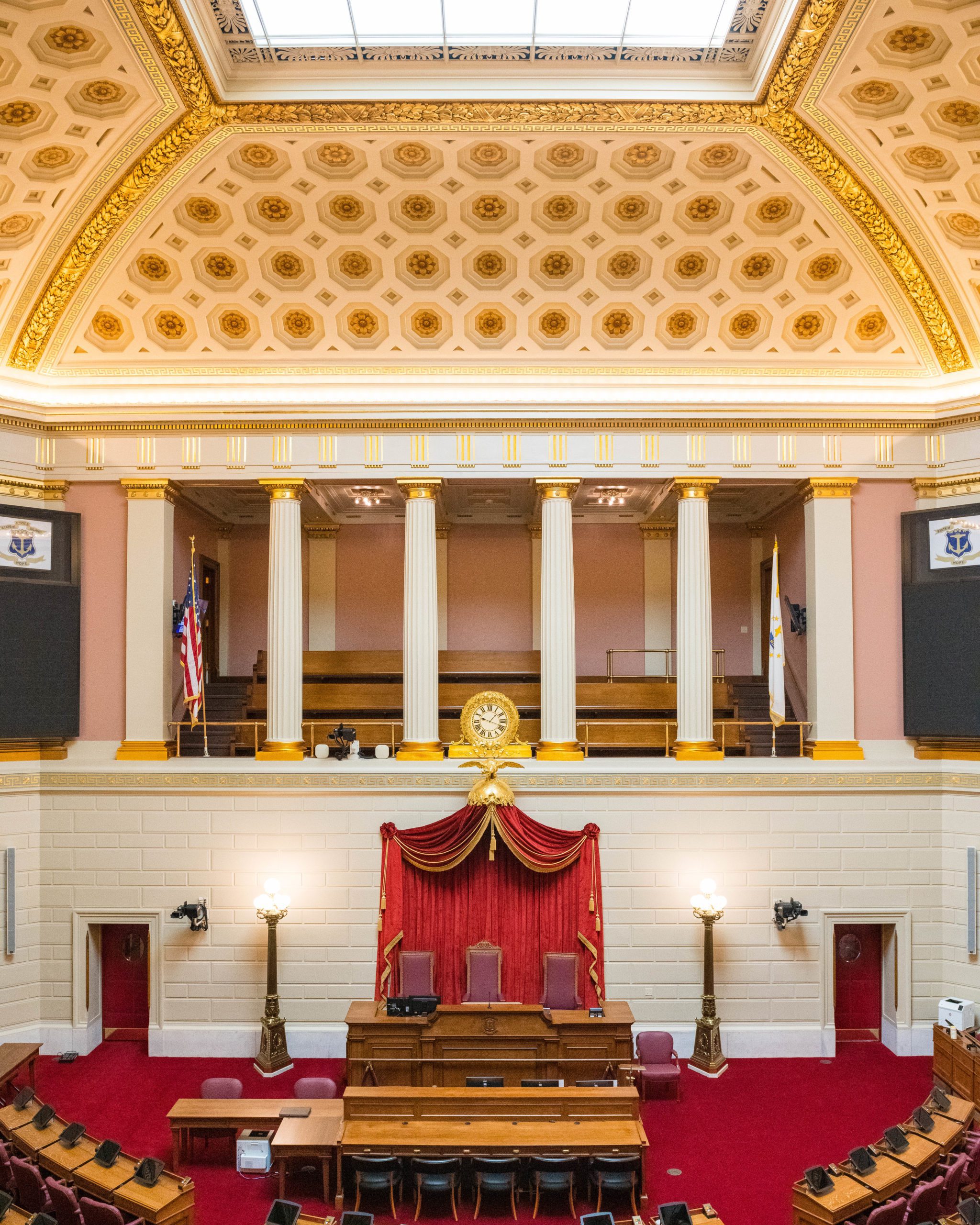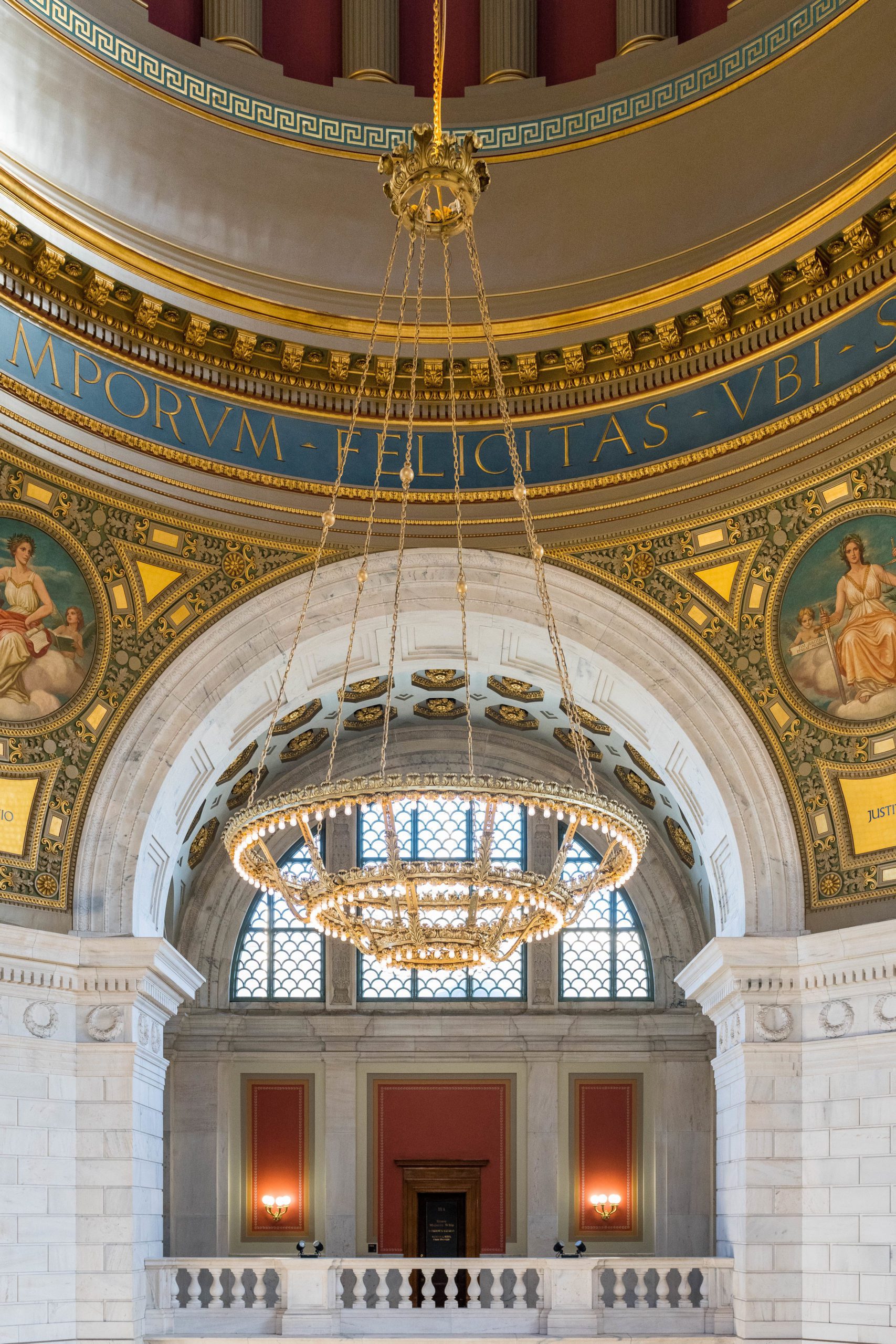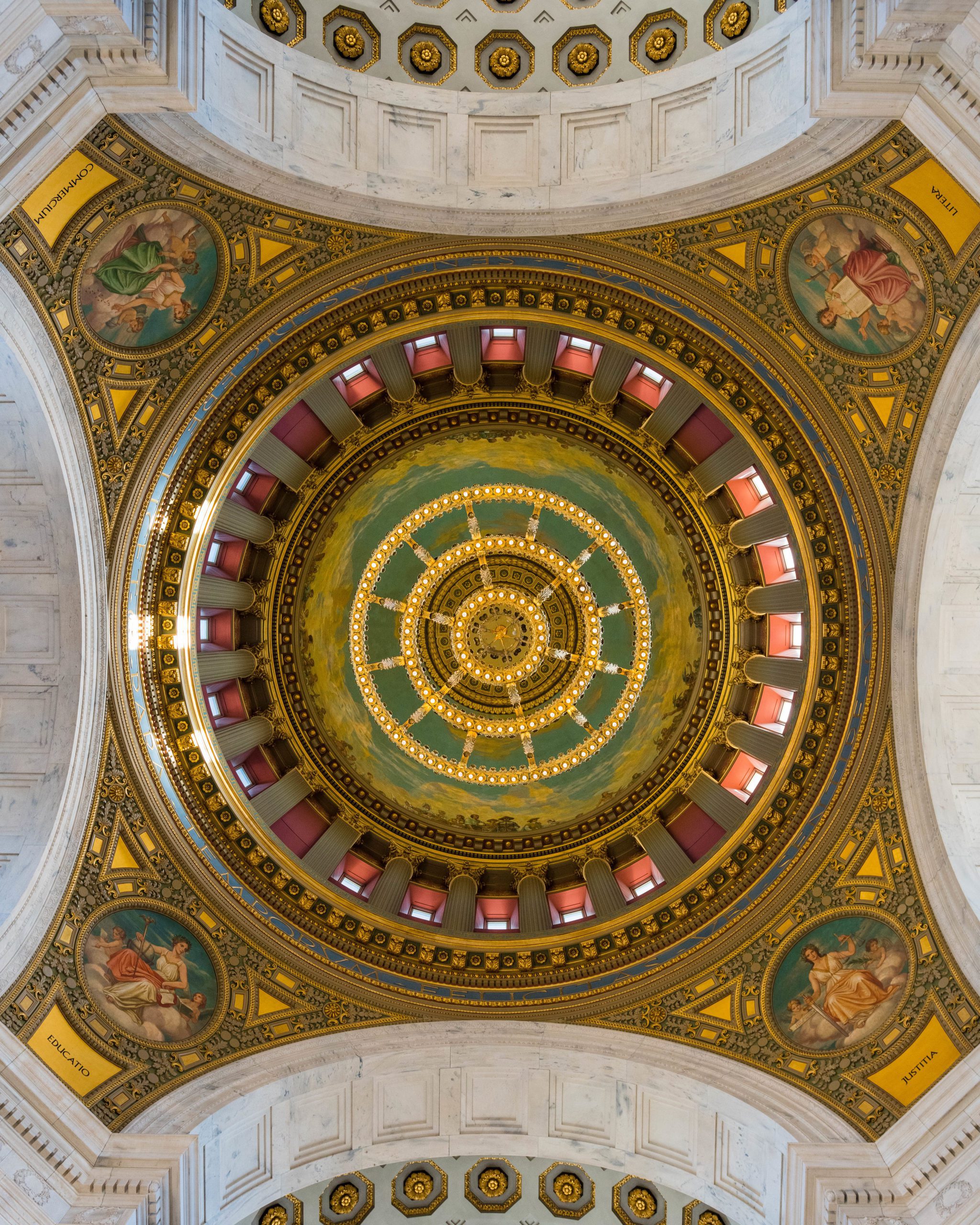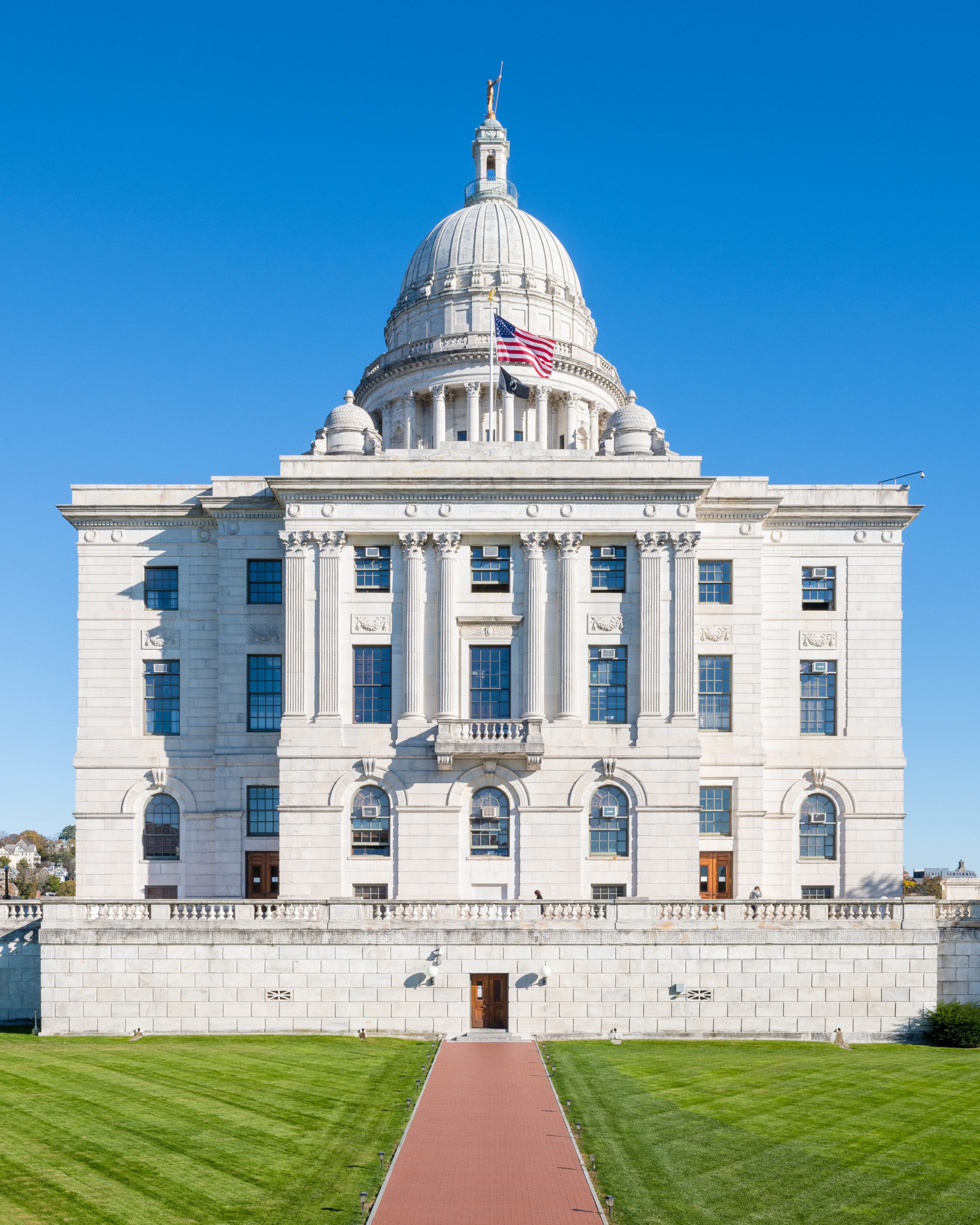Aarhus, Denmark
City Hall
For over 70 years this city hall has operated as the political and civic center of Aarhus, Denmark, and continues to be a symbolic representation of democracy.

Photo Credit: Accidentally Wes Anderson

Photo Credit: Accidentally Wes Anderson

Photo Credit: Accidentally Wes Anderson

Photo Credit: Accidentally Wes Anderson

Photo Credit: Accidentally Wes Anderson
Partner

From the world’s fourth-largest self-supporting marble dome to a portrait of George Washington painted by a leading Revolutionary artist, it’s impossible to leave the Rhode Island State House unimpressed. But the most amazing artifact is a bit harder to find…
Today, we recall the story of Roger Williams, a man with ideas far ahead of his time. Born in London in 1603, Williams had more than a few qualms with the Church of England, and saw the “New World” as a place to spread some of his radical religious ideas – namely that anyone should be able to practice any type of faith freely. After arriving in America, it didn’t take long for those ideas to get him into trouble.
Williams successfully escaped persecution, found refuge in Rhode Island, and began a grassroots campaign for religious freedom. After winning the support of his new community, he made a dangerous move to travel back to England and meet with the King to fight for his beliefs.
Thanks to Williams’ advocacy, King Charles II eventually agreed, and Rhode Island became the first colony with the right to separation of church & state. It took this legacy so seriously that over a century later, the state refused to ratify the Constitution until the Bill of Rights guaranteed religious freedom for all Americans.
Today, this story of bravery and determination is enshrined on the Royal Charter of 1663 in perhaps the most modest room of the grand State House. So when you visit, as you read the words of the centuries-old agreement between Williams and the King, remember that the gold embellished rooms of the State House may dazzle, but it’s the smaller artifacts scattered among the halls and walls that hold the real “gold”.
Written By: Drew Tweedy
Looking to read more about this area of the world? This location exists in a guide:
Check out the Guide to Providence, RI 41.8307662, -71.4153037
41.8307662, -71.4153037
Need an account? Sign up
This site is protected by reCAPTCHA and the Google Privacy Policy and Terms of Service apply.